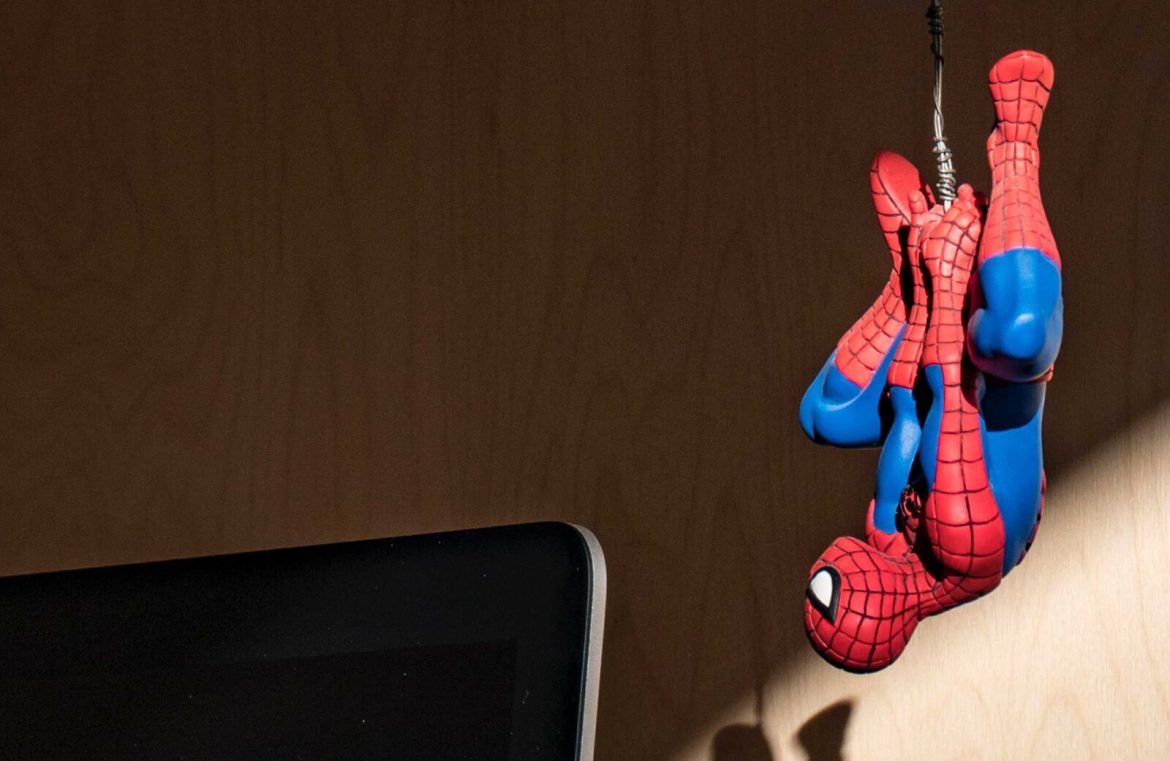The Role Web Designers Play in Shaping a Better World
Across our communities, we witness countless acts of kindness and service: the regular blood donors, the volunteers rebuilding after devastating events, and families who incorporate sustainability into their daily routines. These individual actions might appear minor, but together, they create substantial positive impact. Similarly, web designers have unique opportunities to make their mark.
1. Collaborate with Ethical Companies
Choosing who to work with might be challenging, especially in the early days. However, as you stabilize your business, you gain the freedom to be selective. Instead of onboard clientele solely based on financial capability, aim to support businesses that do the following:
- Promote sustainability;
- Support their local communities;
- Value and treat their employees well;
- Offer products or services that enrich lives;
- And more.
By crafting online platforms for such businesses, you help amplify their visions and missions to a broader audience.
2. Create Universally Accessible Websites
The concept of a universally accessible web isn’t just championed by the World Wide Web Consortium; it’s increasingly recognized as a fundamental human right by governments worldwide. It’s your responsibility as a web designer to embrace this principle. Beyond just making sites navigable or visible to individuals with impairments, true accessibility ensures that everyone has equal access to your websites. For example, designing a progressive web app could extend the reach of a website to individuals in developing regions where reliable internet access is not guaranteed. Thinking creatively about accessibility solutions is key.
3. Uphold Ethical Design Principles
The internet has undoubtedly brought much progress to society, but as we become more attached to our screens, negative effects have surfaced. Your role is not to cut users off from the online world but to shape online interactions that promote healthy habits. Consider using ethical design practices that encourage conscious use of the internet. You might, for instance, minimize the number of distractions like push notifications from a website to reduce overstimulation and potential addiction.
4. Advocate for Environmentally Conscious Design Techniques
To contribute positively to our physical environment, adopting sustainable design practices is a great starting point. You may already be applying some of these practices unknowingly. Choosing web hosting services that invest in renewable energy sources, for instance, reduces the carbon footprint of your and your clients’ websites. Additionally, employing strategies such as efficient navigation, image optimization, and caching can decrease server load and energy consumption.
5. Volunteer Your Design Expertise in Times of Crisis
Current trends and insights for web designers highlight the significant role they play during global crises, like the pandemic. As pointed out by Dr. Stephanie Evergreen and showcased on the Australian Government Department of Health website, clear visual communication is crucial in helping the public understand complex information:

Translating quantitative data into comprehensive visuals is a powerful way web designers can aid in managing and mitigating crises.
Conclusion
So can a single web designer single-handedly change the world? Likely not. However, when considering the collective efforts of the design community, it’s clear that their work goes beyond aesthetics and functionality—it has the potential to generate real-world impact. The choices you make regarding your clients, the designs you create, and the messages you convey can all resonate deeply and contribute to a brighter future. Featured image via Unsplash.

